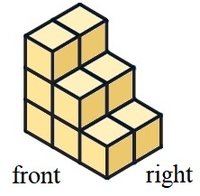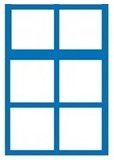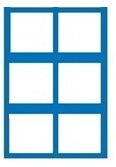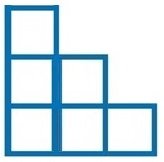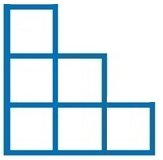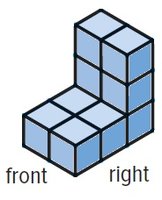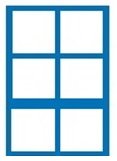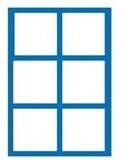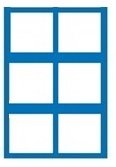I searched for the terms in the problem, and found them used at least in some Glencoe textbooks. The one I saw, unfortunately, didn't really explain it at all, perhaps leaving it for the teacher to demonstrate. But I'll try, though it would be much easier for an in-person teacher holding up an actual block model for you to look at.
Imagine looking at the figure (stairs) from the right. What you'll see are just the vertical faces of the steps, right? it will look much like both of the pictures they show; the only difference is in the heavy lines. They are supposed to be only in the places where, in your view from the right, you are missing a sudden change marked by the top of a step -- that is, the part above is significantly farther from you than the part below. So the heavy lines mark the treads -- the top of each step. Can you picture that? Maybe imagine putting carpet on the top of each step, so that you see that carpet from the side as a thick line.
Can you see that the second picture is the one that fits?

